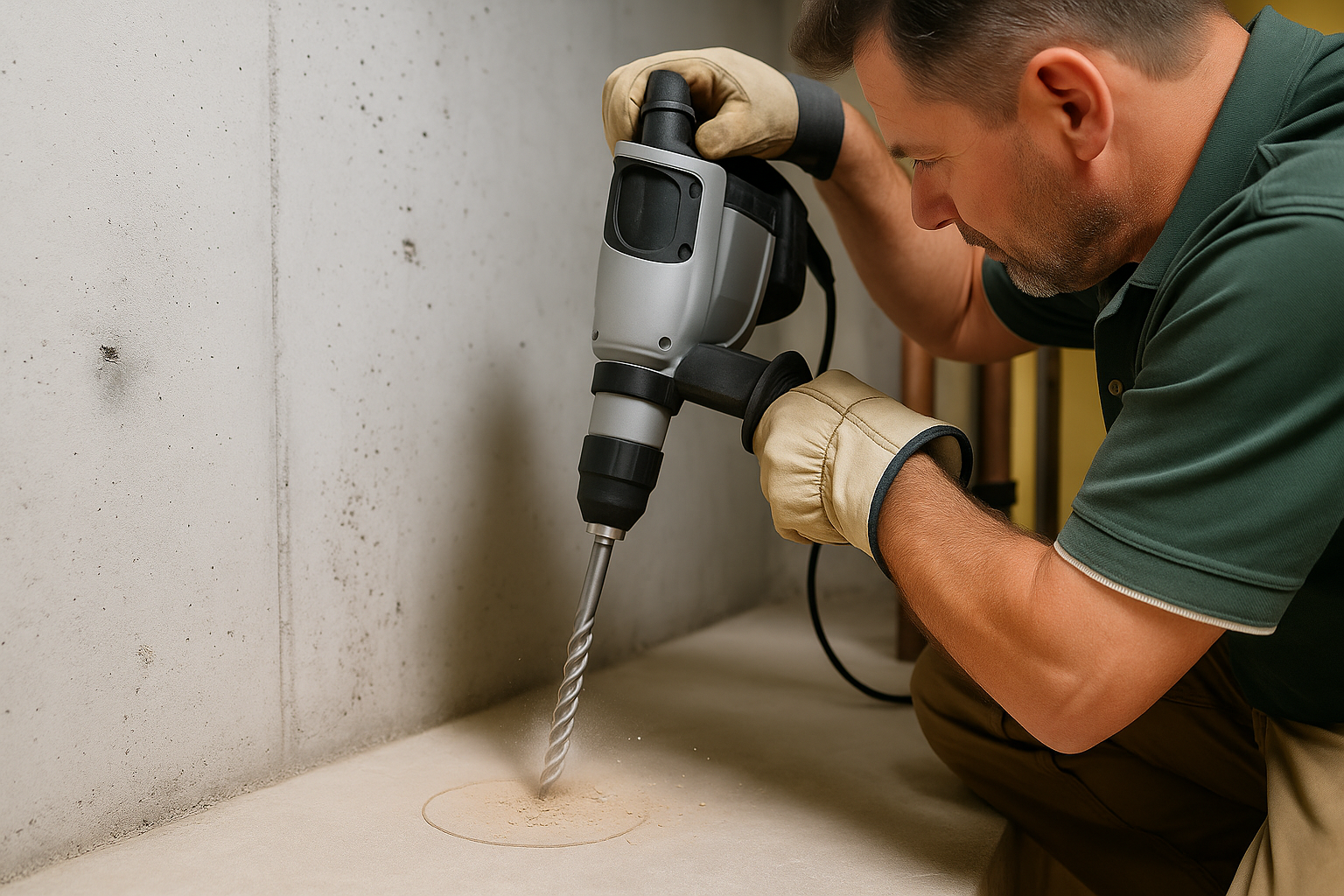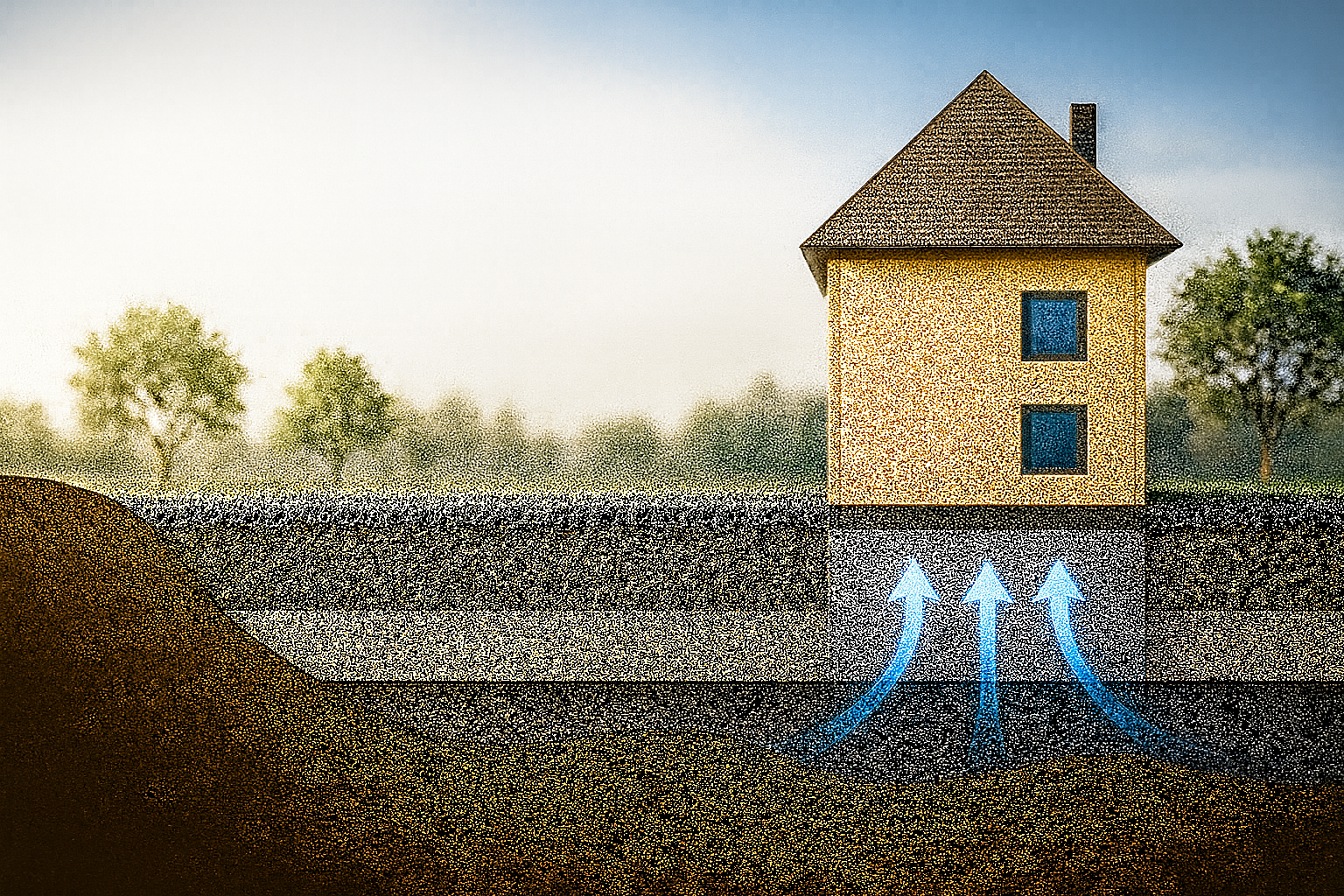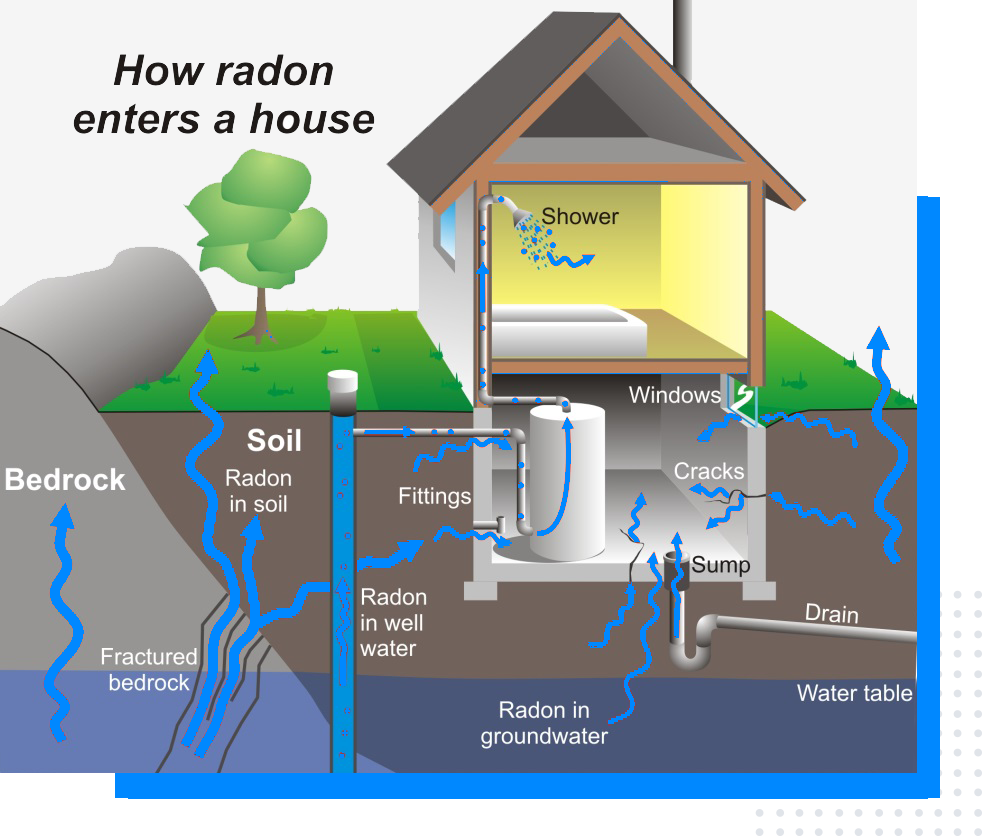.png)

Not sure where to start? We’ll guide you step-by-step — from testing to results to mitigation.

Certified systems reduce radon levels by up to 90%. Effective solutions keep your home safer and healthier.
In Ontario, 1 in 4 homes has dangerous levels of radon gas. Don’t take chances on your family’s health — start today.
Use a home test kit (e.g., AirThings Corentium Home) to get a reliable first read on radon levels.
If your home’s radon level is above 200 Bq/m³, Health Canada recommends immediate action. Our certified team installs systems that reduce levels by up to 90%, keeping your family safe.
It’s important to note that any radon exposure carries risk. While Health Canada guidelines advise taking action when levels exceed 200 Bq/m³, The World Health Organization (WHO) sets its recommended limit even lower, at 100 Bq/m³. Because radon levels can fluctuate, the goal for homeowners should be to reduce concentrations as much as possible so they never approach those health thresholds.
About Radon
Radon is a naturally occurring radioactive gas that seeps into homes from the ground. It’s invisible, odorless, and the second leading cause of lung cancer after smoking. Levels can vary from home to home, making testing the only way to know your risk. If high levels are found, mitigation systems can reduce radon by up to 90%, creating a safer living environment.


Radon and Your Health
When radon gas enters the home, it breaks down into radioactive particles that can be inhaled into the lungs. Over time, these particles damage lung tissue, increasing the risk of lung cancer. Unlike smoke or carbon monoxide, radon has no smell, taste, or colour — so the damage often goes unnoticed until it’s too late. Health Canada identifies radon as the second leading cause of lung cancer in the country, responsible for more than 3,000 deaths each year.
Radon Entry Points
Radon gas moves up from the soil and seeps indoors through cracks, drains, sump pumps, or even well water. Once inside, it can accumulate to dangerous levels without any smell or warning. The only way to know your home’s risk is to test.

To speak to someone immediately, call now